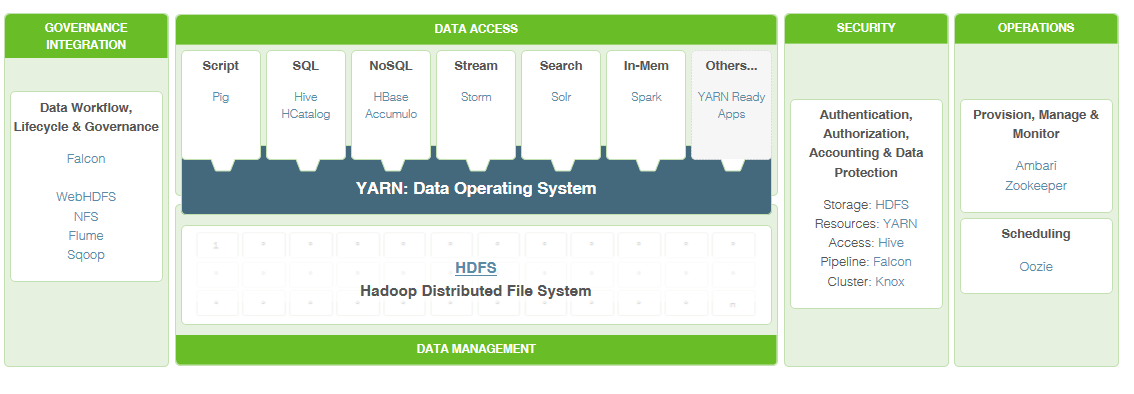New Year. Resolutions, etc.
I’m notoriously bad about starting a book and never finishing it, particularly when it’s a technical book. My goal this year is to finish the following 5 books:
 |
The DevOps Handbook: How to Create World-Class Agility, Reliability, and Security in Technology OrganizationsGene Kim is perhaps best known for his novel “The Phoenix Project”, which lays out the fundamental precepts for DevOps. The Handbook (by Kim, Patrick Debois, John Willis, and Jez Humble) gets great reviews, and I think it does a good job of translating theory into practice. I’ve only finished about a third of it, so I’ve still got a lot of reading left to do, but I hope to finish it soon. |
 |
Site Reliability Engineering: How Google Runs Production SystemsThis one might be a little easier to cheat on my goal; I’ve already read most of it. It’s a collection of papers written by various SRE’s within Google, and gives some great insights into their vision of applying developmental principles to operation problems. While it could be argued that the SRE model is distinct from DevOps, there’s enough overlap that it makes sense to apply these techniques to my DevOps study. |
 |
Level Up Your Life: How to Unlock Adventure and Happiness by Becoming the Hero of Your Own StoryThis one’s a bit of a stretch for most DevOps folks, but if you think of it an approach to personal continual improvements, then it makes sense why this book belongs in a DevOps collection. I started reading this one last year, and quickly off the bandwagon. My goal is to try and finish it by the middle of the year, and hopefully begin to apply some of the principles to my personal and professional challenges. |
 |
The Art of Capacity Planning: Scaling Web Resources in the CloudI heard John Willis at DevOpsDays Nashville this year, and he recommended following and reading John Allspaw (among other people); the second edition of this book is coming out this year, so I’ll probably wait till it arrives. While I don’t do much with either web or cloud development, the principles of scaling is relevant to all kinds of applications. |
 |
Team of Teams: New Rules of Engagement for a Complex WorldDamon Edwards actually recommended this book during a webcast I saw a couple of months ago, and while it’s not a technical book, it speaks to the art of transforming a large, complex organization with entrenched policies into a nimble, responsive team. Brownfield to greenfield (with military references). |



